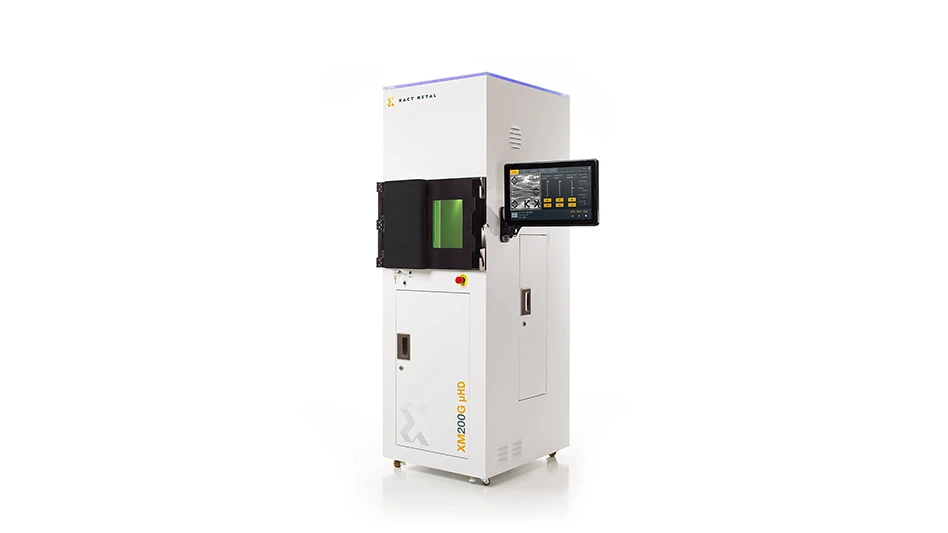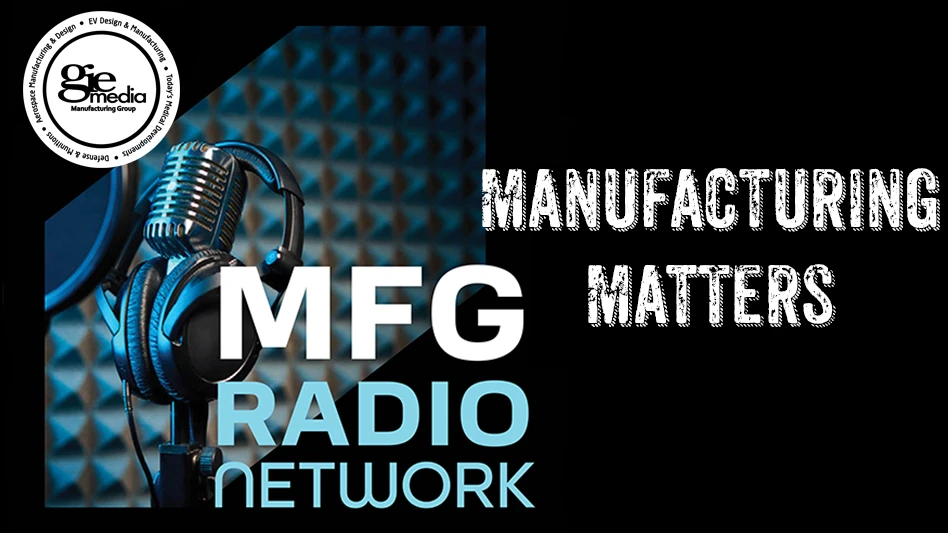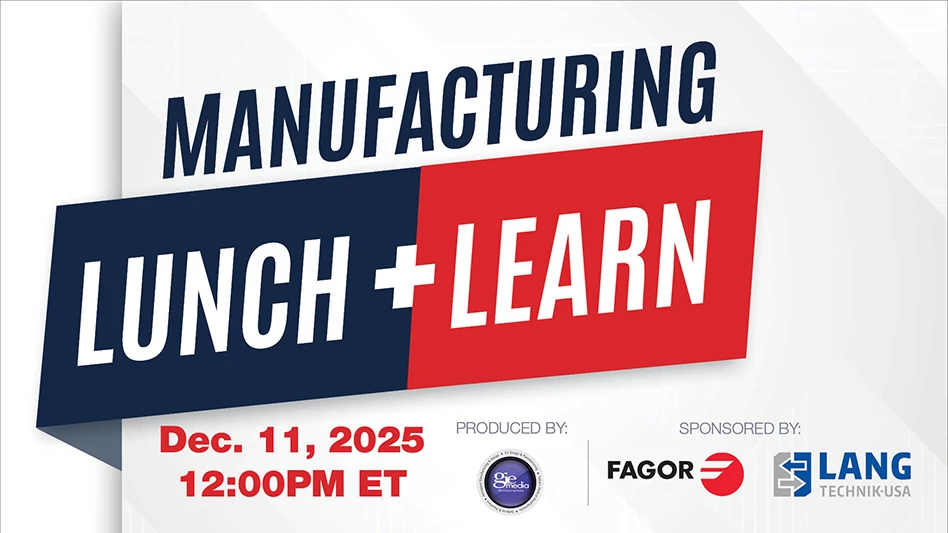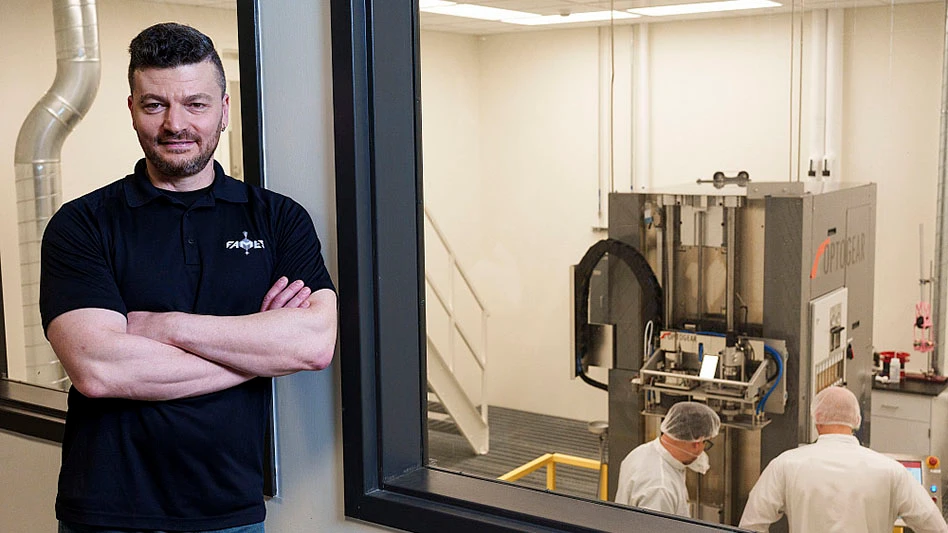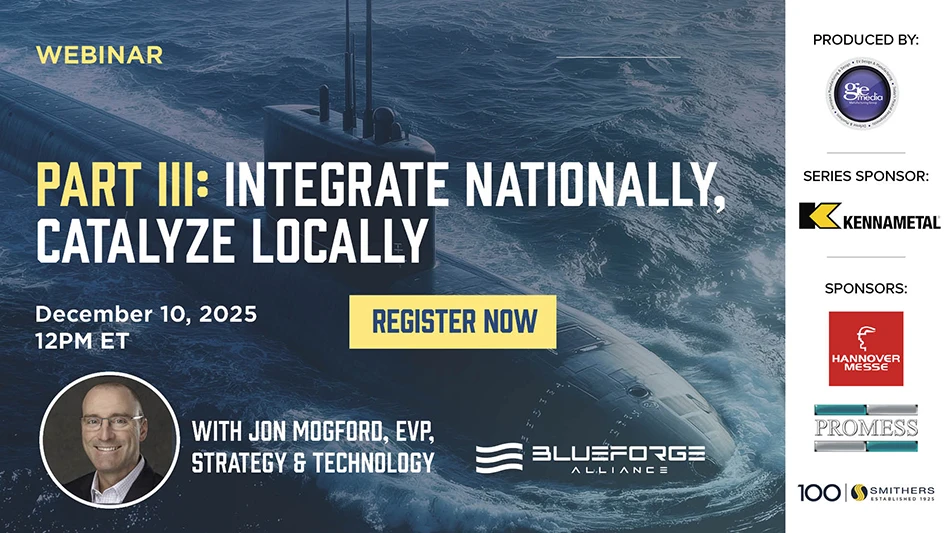
The workholding industry is continuously evolving and adapting to the economy, technological advancements and other surrounding factors. With progress in areas such as fixturing, adhesion and new machining centers, the workholding companies are constantly challenged to not only keep up, but also to find a strong staff to support the business.
Today's Medical Developments' editor-in-chief Tom Grasson sat down with industry professionals to discuss how these challenges have impacted their business, as well as the general condition and future of the workholding industry. The event, sponsored by Sandvik Coromant, was held on Tuesday, May 22, at the Marriott Springfield in Massachusetts during the EASTEC trade show.
TMD: What types of workholding trends have developed over the past five years?
Pat Minnick: My experience has been mainly hydraulic fixturing, and people seem to be going more toward low-pressure hydraulics rather than highpressure. The high-pressures seem to be larger, but maybe they're more useable as far as using the machine hydraulics rather than using a special pump or components. I'm noticing a trend: since I started with Master Workholding, they're selling adhesive grippers now that are light activated for holding parts that are cumbersome and hard to clamp. They use adhesive spots of glue, harden it with ultraviolet light, and then machine the parts. The psi capacity is larger than any spindle, X, Y, or Z, so it seems to work. That's kind of different to me. As I see it, the fixtures are getting a little more sophisticated. And, they seem to be getting a little more expensive.
Stuart Fishman: In regards to what we at Kitagawa are seeing, it is less knowledge in the industry, in regards to the customers and what their actual knowledge is of the workholding that they're using and how to use it. We find that over the last five years, as people have downsized, a lot of experience has left the industry as a whole. We are starting to find people that are doing these things that don't maybe have the knowhow or the expertise. We find that to be a growing trend.
Paul DeFeo: It seems like a lot of machine tool dealers have the machines sitting on the floor. Since that's the big ticket item, if you're a customer and you're going to spend $150,000 on this machine and the guy has it in stock, why isn't this measly little chuck in stock? We get called up and they say, "I've got this machine sitting on the floor, we need workholding." And they push us for quick delivery. Our custom items are really at a limit; we get pushed a lot for them. On the technology side, what we see a lot of is what I consider to be almost the same. Five years ago, we had quick change and there was hard turning, and holding thin-wall parts. Now, everybody's hard turning, everybody offers quick change and it's almost like an off-the-shelf line. One of the new trends that I see is the fourth and fifth axis machines. A lot of our customers want to finish the part and complete it in one chucking. It lends itself to some interesting workholding: as opposed to your standard chuck wheel holding a round slug where you finish one side and flip it over to finish the other, you've got fourth and fifth axis mill turns, and they want to turn it, mill it, tap it, get all sides and it's done. That's something in the medical and aerospace industries where you have these strange-shaped parts, and you can log on to some crazy part of this and finish all of your datums in one shot, because the machine is accurate, and that's very tricky workholding.

From left, seated at the table: Chad Spooner, Kevin Ahaus, Ken Quinter, Mark Wiktorski, James Farrell, Paul Landes, Paul DeFeo.
Malcom Mason: We were fortunate enough to have a company meeting at the Master Workholding facility and to see a demonstration of the Light Activated Adhesive Gripping, or LAAG. They had a great example there of a valve bar that was magically stuck to the location features on workholding, and it exposed five features of the part. If you can avoid any relocation – every time you relocate, you lose some accuracy – it's incredible. I guess another thing is multi-tasking. Nowadays, people want to do milling, turning and grinding on the same chuck and on the same set up. You've got different core conditions, different speeds and feeds, but the metal removal rates have increased significantly. I think that means you've got to chuck the part a lot more rigidly.
Minnick: Another of the things that I noticed in this business is people are using adapter plate fixturing, where they'll plant the part to a large plate, and locate the plate in the various attitudes. That eliminates unlocking the part from where it's located the first time. And that seems to work very well for a lot of machine tool companies.
Peter Knowles: Just to add to the trends: the trend in our industry being predominately in the EDM field is fixturing for EDM machines. A good percentage of our market recently has been in the additional submersible axes for Wire NC EDM, specifically Wire EDM in the orthopedic industry. We had a tremendous amount of A axes installed on various wire EDM machines down in the city of Warsaw alone – probably in the last year we've put in over 60 units on different machines. The whole concept of how they're holding the fixtures for the machining of knee guides, that's all changed drastically in the last five years. Before, they were using individual fixtures and going from machine to machine, and now they're basically taking that same fixture and putting it on the A axis and micromachining everything.
TMD: In your opinion, what is the single most important issue facing the workholding industry today?
Knowles: The first thing I would think of is automation. For the years that I've been involved in this industry, the one thing that this country has been behind in is automated machine tools. When I've visited factories in Europe, I've seen a lot of automation 10 to 15 years ago that we didn't really see here except in the automotive companies. But, the automation issue for us is basically in order to automate a piece of machinery, whether it's a CNC machine, or lathe, or a mill, or an EDM, it's got to have the workholding ready to accept all of this. Our biggest challenge has been the education process when someone is buying a machine tool, showing them which is the right piece of workholding to buy so that they can automate someday, to get them in the frame of mind that – ok, maybe you're not going to automate in the next two years, but you know what? If you want to stay in business, sooner or later you're going to have to figure out a way to make this process go faster. So, for us, in our company, there's a big emphasis on automation.
Andrew Latawiec: I think that from my company's perspective, and from our customers, there are a few very important factors, like accuracy, high speed, and rigidity for the tools. I think the versatility of the tools is also very important, because there are many customers who'd like to use one device for different purposes.
Paul Landes: If you're in the automotive industry, you've got to be concerned about all the stuff going over seas. Workholding is not a standalone business; if you're making wheels, you can make them anywhere – make them at the plant and ship them to anyone here. The medical field is staying here, aerospace is pretty much here, but the automotive, I think, is by far the largest market. They buy the most workholding pieces, and when you start hearing about Delphi shutting down plants and jobs going everywhere else, even with the internet and the communications you can do with CAD files overseas, it's difficult to design a custom fixture for someone in China, who speaks a different language, when you're based here. That's a big concern for us.
Chad Spooner: The loss of manufacturing jobs in the States has been the biggest challenge for Powerhold, in particular, but I'm sure that everybody is facing these same issues. We tend to trace the components that we've been tooling for years from Delphi plants perhaps to other facilities now; we've had them going to Canada or Mexico, and even China in some cases. We used to have an underlying core business of spare parts, and orders that would reoccur without any action on our end of it. Even that is under pressure; we're seeing our spare part business dropping off, even products that we don't have any competition on. Someone will crash a machine, and the spare parts order won't come.

From left: Tom Grasson and Pat Minnick.
TMD: How can we better educate the end user on the importance of modern workholding technologies in today's manufacturing practices?
Bill Popoli: One of the things that are constantly asked by publications is for testimonials, and stories about successful users, and I find more and more as the years go on, there are very successful applications that the customers are very reluctant to talk about. Because there's so much competitive pressure now in the world, they don't want to divulge how they're getting the success that they're getting because that makes them more vulnerable to competitors. One of the other things that I see, that was mentioned earlier, is that many companies used to have many resources in-house to do fixturing design, workholding design. Those people have retired, they've moved on, and there's a real lack of talent in terms of young people coming into the industry – I don't see a lot of interest there. A lot of customers really don't have the resources to do that anymore. I think the education process is really from the basics on, to remind people some very basic things about how to hold workpieces, what you have to be concerned about, quick changeover module ability, things like that. I think the education has to come from the publications, primarily.
Spooner: Just in the last six months we have put together a formal plan for press releases and the new products that we've developed. We do a lot of special workholding, and for us to convey that message via literature is near impossible, so trade journals are becoming more and more important for us. Basically, we just need to pound the customers with these ideas and concepts. Of course, we have to limit, as well, how much information we give out, because customers are very sensitive to releasing too much information. It's important to get that exposure, and to send that message. We've also recently been talking about updating our website, adding some videos and actually showing the clamp sequence of a certain component without necessarily giving away all the tricks. Just to spark ideas in engineers' minds, and get them to apply the technology in a way that might help their process.
Knowles: From our sector in EDM, our biggest problem is getting the machine tool salesman to talk about how our customers are going to hold these workpieces. The machine tool salesman is so set on getting the order for the machine, he doesn't want to bring any additional cost into the deal because he's afraid he will lose the deal. So what happens is, a guy gets a machine and a day later he starts making phone calls because he has no way to hold his part. And then everybody's jumping through hoops to find a piece of tooling or workholding that can hold this thing. So what does the guy buy? He buys whatever is available right now. And 90% of the time, it's probably the wrong decision. So the brunt of the fault has to go on the average machine tool salesman, who is not doing his job because he's afraid to do his job.

Explore the July 2007 Issue
Check out more from this issue and find your next story to read.
Latest from Today's Medical Developments
- GrindingHub Americas launches in 2027 in Cincinnati, Ohio
- Methods Machine Tools now offers the Nakamura-Tome NT-Flex
- Battelle awards $900,000 in STEM education grants to Ohio schools
- #55 Lunch + Learn Podcast with KINEXON
- Starrett and Gerstner offer limited edition, American made 1950s replica wooden machinist tool chests
- EMCO’s UNIVERSALTURN 50: The new benchmark in universal turning
- Archetype's Expertise for Equity accelerates early-stage innovation
- Stratasys expands its AM solutions with Tritone's cutting-edge technology
